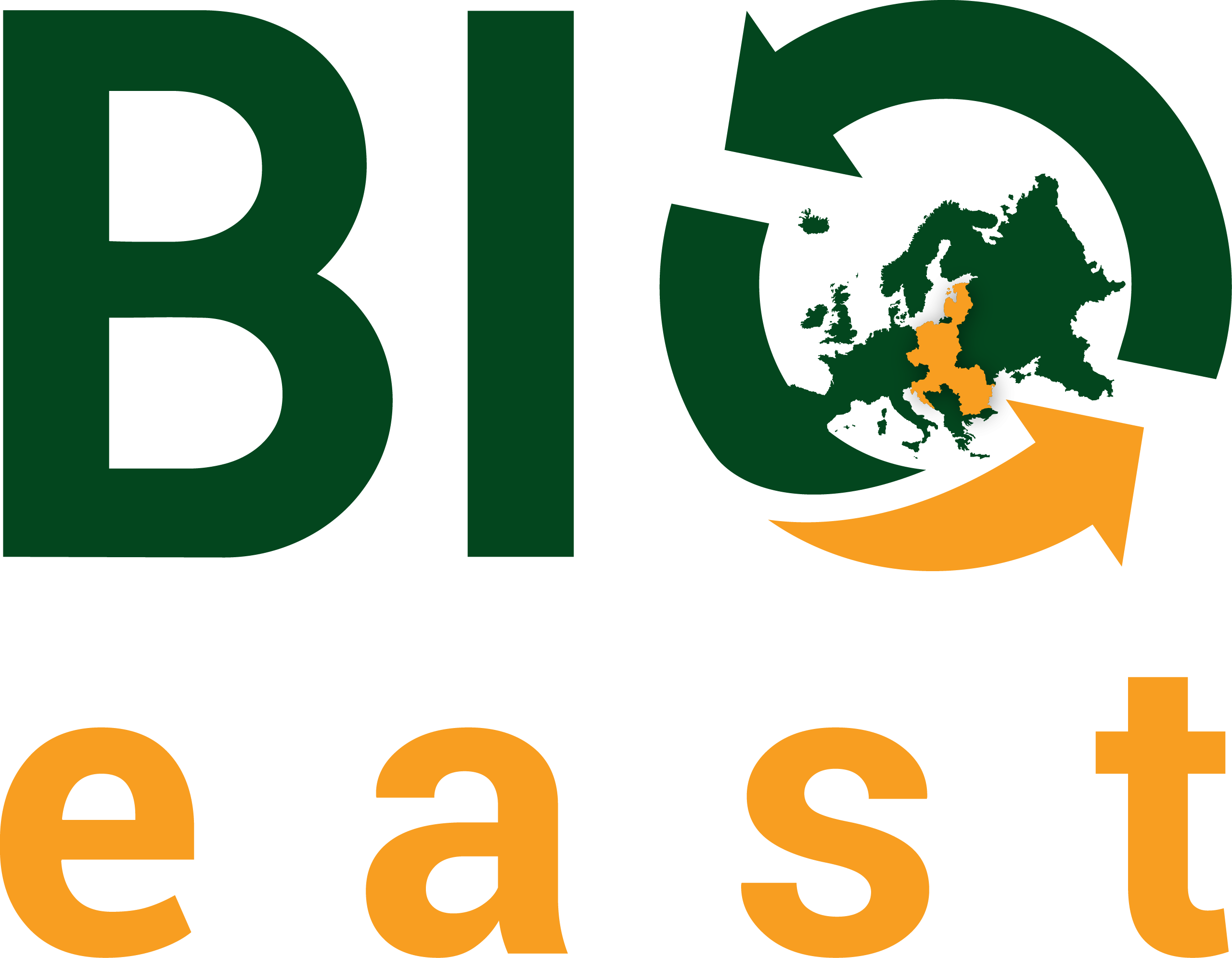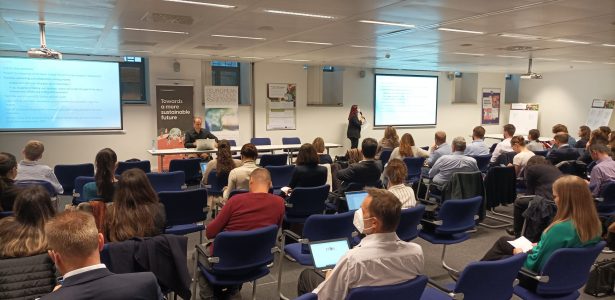Workshop designed to connect EU projects focused on bioeconomy was organised by the EuBioNet together with several running projects – Transition2Bio, BIOgovNet, BIObec and BIOEASTsUP. The workshop enabled excellent opportunity for project teams to learn from each other, exploit results and join forces in enhancing the transition to bioeconomy in the EU.
The workshop facilitated the discussion in four thematic corners, Marie Kubankova (BIOEASTsUP) moderated the thematic corner “Macroarea “enabling the bioeconomy ecosystem at European, National and Regional level (governance perspective)” that networked the running and accomplished projects (BIOEASTsUP, BE-Rural, BioCircularCities and LIFT) with thematically related projects that were launched in summer / autumn 2022 (ShapingBio, CEE2ACT, BIOMODEL4REGIONS, ROBIN, BIOLOC, BlueBioCluster, BlueRev and RefreSCAR and BIOGOVnet) projects.
Some basic match making / networking was provided to find pairs (groups) of projects, that have common characteristics:
- ShappingBIO & BlueCluster & BlueRev- blue economy orientation (focused), cluster as working body (or matter of mapping exercise)
- BlueRev & BIOLOC & Robin local communities perspective
- CE2ACT & BIOLOC & BIOMODELS4REGIONs – bioeconomy HUB / cluster establishment & further enhancement
- BIOLOC & BeRURAL& BIOGovNET – marginalized groups
George Sakellaris (BIOEAST TWG Bioeconomy Education Leader, BIOEAST HUB CZ) moderated the thematic corner “Bioeconomy Communication and Education – Future Skills for the Bioeconomy” joined about 15 participants and had a topic 6 old (Transition2Bio, BIObec, Althings.bioPRO, Biovoices, Bioskills, EBU Label) and 4 new (GenB, BioBeo, BioGov.net, Engage4BIO) projects.
Several issues were raised and discussed among the participants.
- Specific skills are important for BioIndustry and particularly in the frames of the vocational training, the vocational training programs should be tailored-made and on a case by case basis
- educational spots for training and increasing awareness as they are designed in the BIObec project are an excellent example and similar approached should be adopted in other cases also.
A list of planed events, activities, meetings, workshops etc. were made available to all participants in both sessions. Many participants expressed very positive thoughts on the initiative to organize the “Projects2Projects” event. They said that this initiative should have been taken already. They suggested to organize this event on a regular basis and also to involve the EC in this activity. This event sets a good precedent in matching together complementary projects (already running and in the future). Such initiative will help a lot in extracting the maximum from various EC projects and will avoid overlapping’s and repetitions. Many of the participants expressed such requirement.
Marie Kubankova
George Sakellaris BIOEAST HUB CZ

